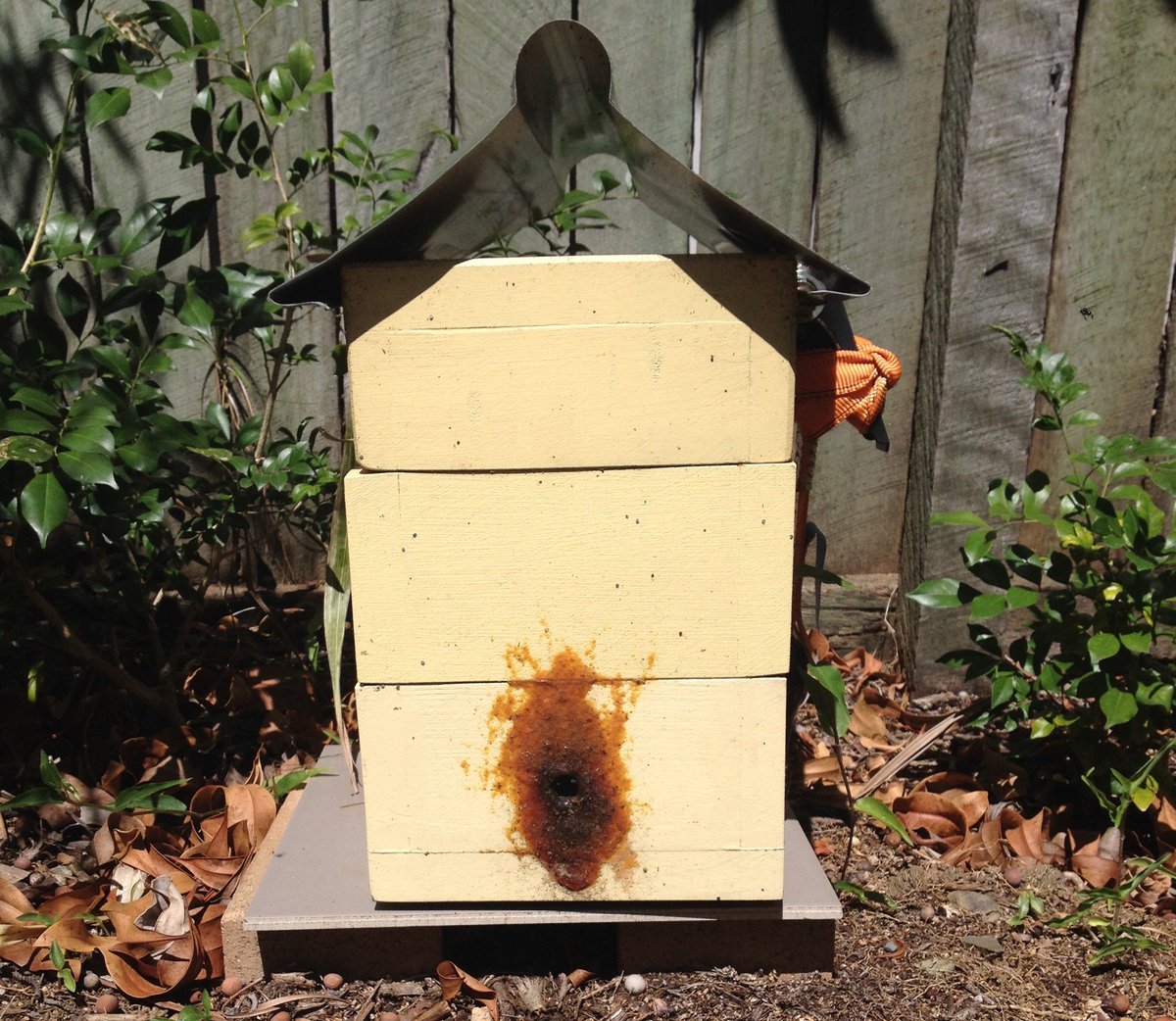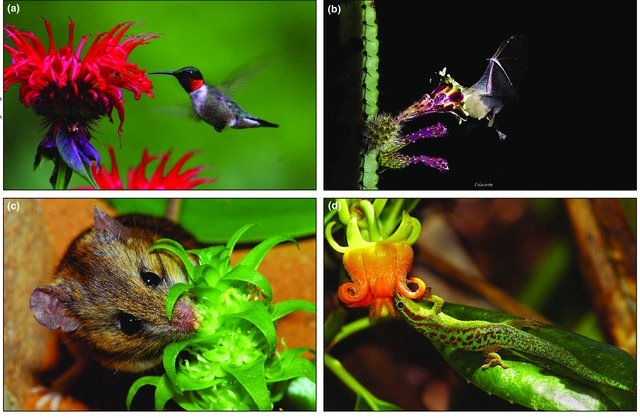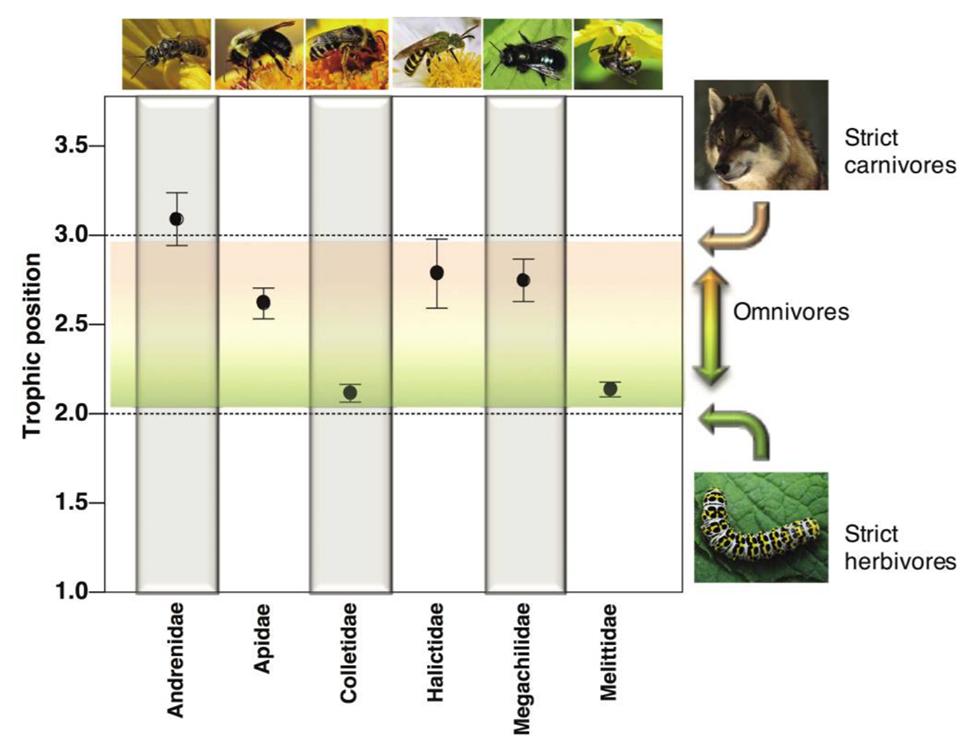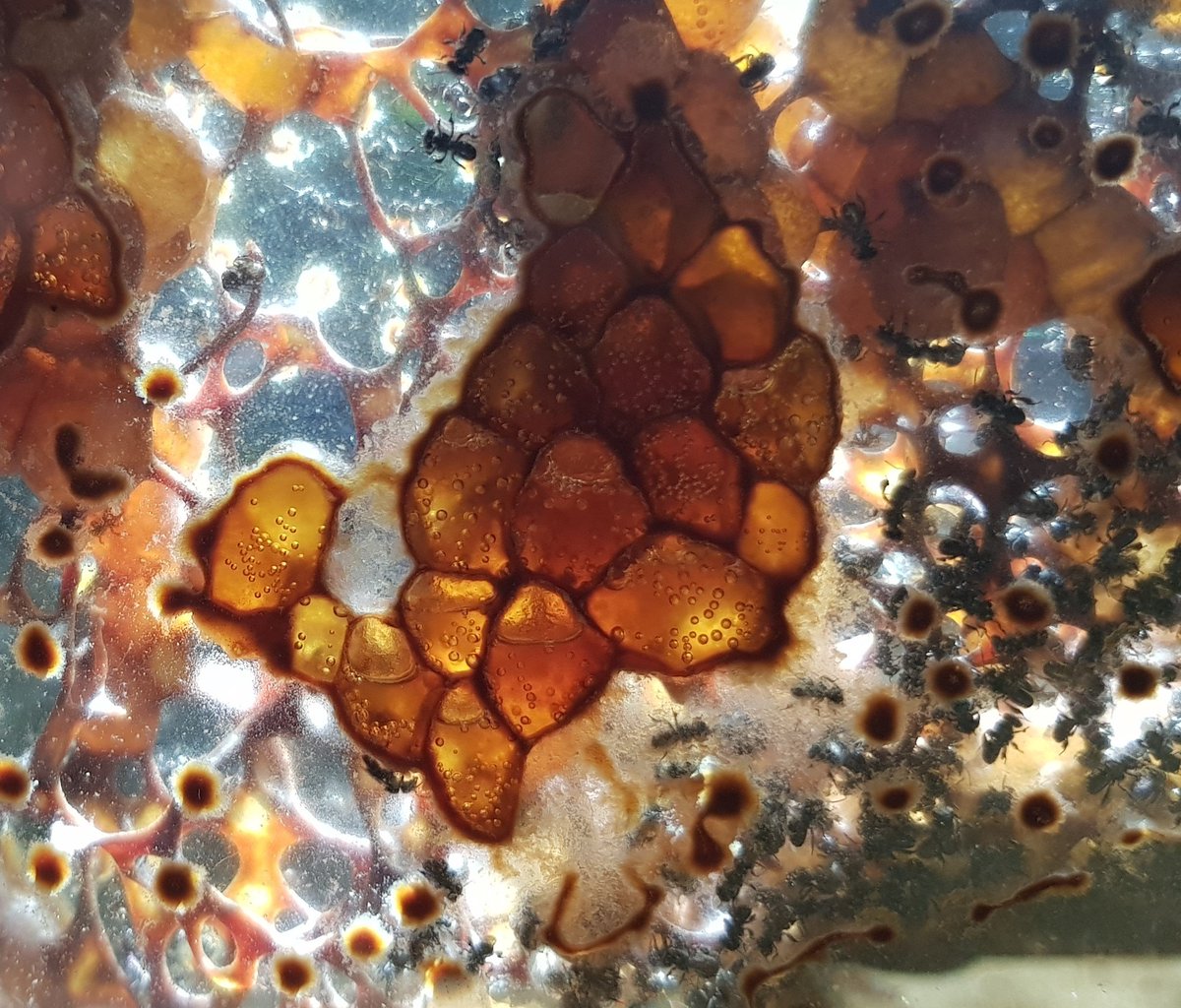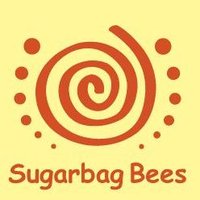
Sugarbag Bees
@sugarbagbees
We support the stingless bee industry by providing services, producing hives, & conducting workshops. Founded by Dr Tim Heard. nativebeebook.com.au
ID: 4726985424
http://www.sugarbag.net/ 08-01-2016 06:25:45
53 Tweet
281 Followers
78 Following

















Tetragonula hockingsi are great defenders. When honeybees try to steal honey from an open nest cavity, these awesome little stingless bees know just where to attack and how to avoid stings. Footage via Terry Stevens from Hervey Bay. Dr Tobias Smith Sugarbag Bees


